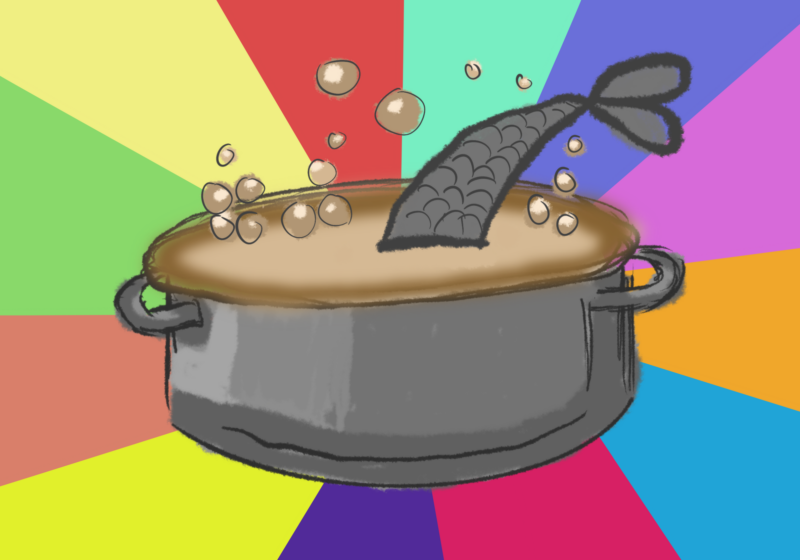It is deeply ingrained in the rhetoric of politicians across the nation that we must be “tough on crime.” They imply that merely suggesting reform is indicative of weakness, and that the only option is to funnel in more money and crack down on crime. Perhaps nowhere is this truer than with drugs. Not only is this strategy based plainly in public sentiment, and not in the facts, but it is the logical equivalent of arresting gunshot victims for the ineffectiveness of gun control legislation. The War on Drugs has prevailed over time—spanning from local to federal levels, from Democrats to Republicans. While there are many things I would change about the American people, near the top of my list is the wrongful prioritization of strength over intelligence. I want to hear someone pitch the idea of “smart on crime,” because it is clear that the current policy is not working.
In 2015, the United States government spent over $26 billion on drug control, just at the federal level. Worse than the incredible amount of money poured into this failing effort is the inefficient allocation of resources. The National Drug Intelligence Center reports that in 2007 the total cost of illicit drug use added up to more than $193 billion dollars, with $56 billion spent on criminal justice costs and $48 billion on incarceration costs.
The United States has the highest number of incarcerated people per capita in the world, as well as highest incarceration rate and largest total number of people incarcerated with 2.2 million. This level of incarceration is indicative of a 500 percent increase over the past 30 years. We can observe that nearly 50 percent of inmates are imprisoned for drug related offenses, whereas weapon charges are the second-highest cause of incarceration at about 16 percent.
The War on Drugs also disproportionately targets minorities, particularly black males. Not only do whites outnumber blacks in the U.S. population, but the National Survey on Drug Use and Health also found whites to be more likely to abuse illicit drugs than blacks. Despite this, we observe a dramatically higher incarceration rate due to drug-related offenses for blacks than any other race at both the state and federal level. Blacks represent 62 percent of drug offenders sent to prison, but only compose 12 percent of the population.
The Drug Policy Research Center further demonstrates the inefficient allocation of resources, stating that for every dollar spent on treatment, it is estimated that the costs of crime and lost productivity are reduced by $7.46. Further, the Justice Policy Institute explains that substance abuse treatment is “more cost-effective than prison or other punitive measures” and “every dollar spent on drug treatment in the community is estimated to return $18.52 in benefits to society.” Even with this evidence of the effectiveness of treatment spending, allocations to treatment are marginal compared to law enforcement and criminal proceedings.
That the drugs are illegal is clearly not a deterrent, as the U.S. remains the highest-ranked country in illegal drug use. People accept that Prohibition was an utter failure, but then resist the legalization of currently illicit drugs, despite the same arguments holding true. Making these drugs illegal does nothing but harm all parties involved. As we saw in Prohibition, black markets arise; the cartels’ control of the drug market increases their power and makes the drugs more dangerous, as they are impure. The illegality of the drugs also forces addicts to adopt unsafe practices, like sharing needles and doing drugs in places where medical attention is unavailable.
The public tide is beginning to turn, with people supporting marijuana legalization, but those same people then oppose legalization of other illicit drugs. Having the government able to regulate the drug markets allows for Federal Drug Administration regulation, making the drugs cleaner and subsequently less dangerous. Harder drugs could be restricted to licensed facilities where appropriate medical staff is present and clean supplies are available. This would reduce the spread of disease, another major cost of the War on Drugs.
Many opponents of drug legalization argue that it increases drug use. We see this claim is false when observing nations where legalization has been implemented. British Crime Survey statistics report that the proportion of 16- to 24-year-old cannabis users decreased from 28 percent to 21 percent when it was downgraded to a class C drug.
Arguably the most important impact of drug legalization is the revenue it would generate. It would be available for taxation, similar to alcohol and tobacco; the Cato Institute estimates would generate about $46.7 billion annually and save $41.3 billion per year in government expenditure on enforcement of prohibition.This extremely high level of revenue could be allocated to any number of widely-underfunded programs, drug treatment programs included.
So, while people are quick to write-off legalization of all drugs as an obscene notion, they should look at the facts and see that our current approach is far from effective. Let us abandon our archaic and illogical War on Drugs, and instead support those who boast the ‘radical’ idea of “smart on crime.”
Eber is a member of the class of 2017.



